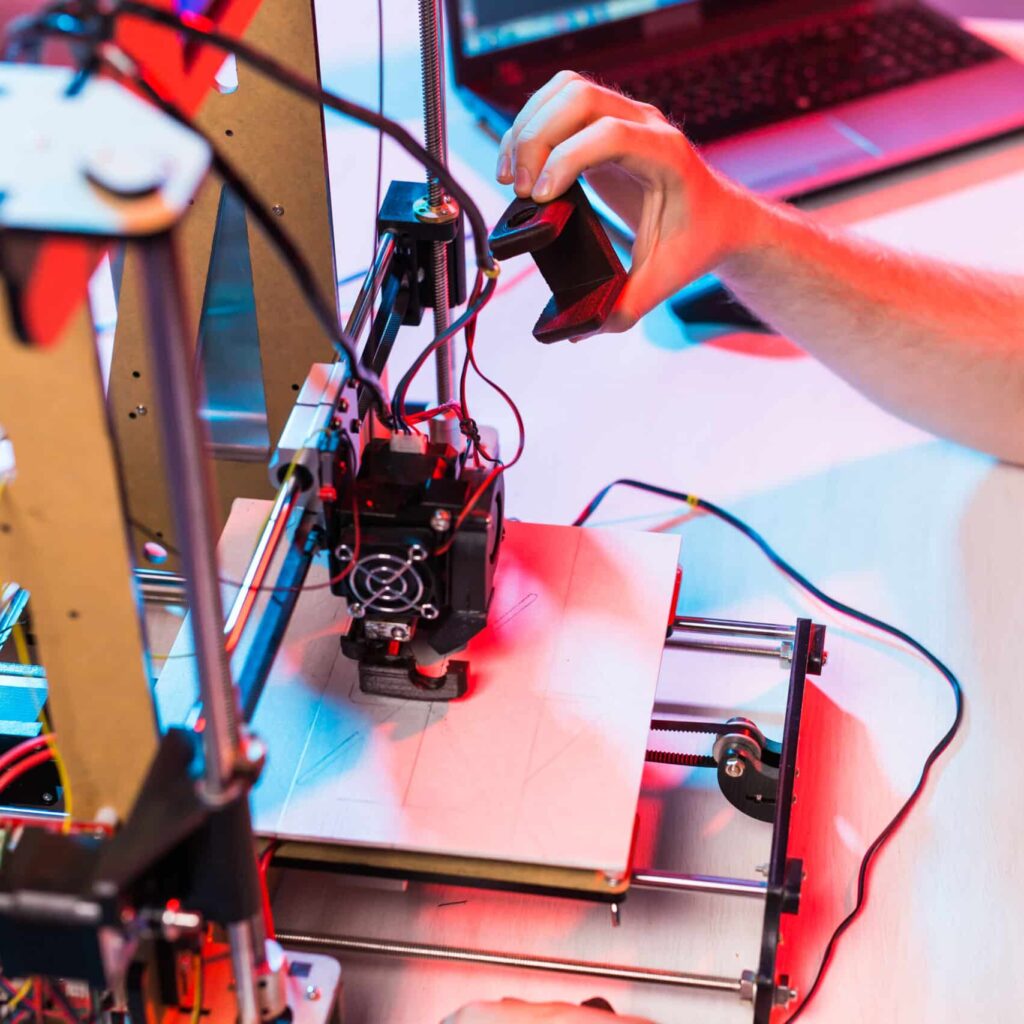Unleashing Innovation: How to Invent a Game-Changing Product That Disrupts the Market
Innovation is the heartbeat of successful businesses. But what does it take to invent a game-changing product that not only meets market needs but also disrupts entire industries? From groundbreaking technologies to revolutionary services, the ability to think outside the box is essential for aspiring inventors and entrepreneurs. By understanding the nuances of consumer pain points and leveraging fresh perspectives, you can unlock the creative process that drives market disruption.
At International Product Solutions (IPS), we help companies navigate this journey — from opportunity discovery to manufacturing. This article will guide you through the essential steps to identify opportunities, prototype your ideas, and launch a product that resonates with your target audience.
Understanding Innovation and Disruption
Innovation refers to creating new ideas, products, or methods that add value or improve existing solutions. Disruption occurs when an innovation fundamentally changes an industry, making old ways obsolete. Companies like Netflix and Uber redefined their markets without inventing entirely new technology — instead, they reimagined user experience and delivery models.
For inventors and product entrepreneurs, it’s not just about technology; it’s about challenging assumptions and staying ahead of evolving consumer expectations. If you’re looking to understand how to move from idea to market, review our guide on design and manufacturing best practices. For a deeper dive into innovation frameworks, check out Harvard Business Review’s insights on innovation.
Identifying Market Gaps and Consumer Needs
Understanding where current solutions fail is the foundation of innovation. Research industry trends, competitor offerings, and consumer feedback. Explore adjacent industries to discover transferable ideas and pay attention to emotional as well as functional pain points.
When you’ve identified an opportunity, your next step is understanding how to bring a product to market. Our article on how to find a manufacturer to make your product can help you plan early sourcing and production decisions. For further market research guidance, the U.S. Small Business Administration offers a helpful market research and analysis guide.
The Importance of Research and Development (R&D)
R&D transforms raw ideas into viable solutions. It includes studying the science or technology behind your idea, creating prototypes, and refining designs through experimentation. Staying current with emerging technologies and trends accelerates this process.
IPS specializes in helping brands with product development and manufacturing strategy. Learn the key factors to consider when outsourcing product manufacturing. Additionally, keeping track of emerging technology trends from Gartner can inspire smarter design and investment decisions.
Brainstorming Techniques for Product Ideas
Techniques like mind mapping, SCAMPER, and role-playing help break conventional thinking and spark creativity. Encourage an open and collaborative idea-generation process. Once you have a concept worth exploring, ensure you understand how to get a product manufactured cost-effectively and safely.
Validating Your Product Concept
Before investing heavily, validate your idea with real users. Create a minimum viable product (MVP) or run small pilot programs to collect feedback. Market research, focus groups, and beta testing can confirm demand and reveal refinements.
Our expertise in guiding companies from concept validation to reliable production partners — including OEM (original equipment manufacturer) relationships — ensures your idea can scale.
Building a Prototype: Steps and Best Practices
Detailed design planning and rapid prototyping (3D printing, CAD models) bring your vision to life. Use iterative feedback to refine and optimize. This step can save time and cost once you move to manufacturing.
For brands exploring consumer goods, see how IPS works with household product development and manufacturing to produce market-ready prototypes and finished goods.
Testing, Iterating, and Refining
Continuous testing and iteration ensure a polished, user-friendly product. Define success metrics, run usability sessions, and incorporate insights from early testers.
Developing a Go-to-Market Strategy
Define your target audience, value proposition, and messaging. Build a marketing plan that blends content, social media, partnerships, and analytics to measure performance. This is where creative storytelling and data-driven insights intersect.
Marketing Your Innovative Product
Leverage content marketing to build awareness and educate customers. Platforms like blogs, videos, and case studies establish authority. Social media fosters engagement and community. Paid advertising can expand reach.
IPS can partner with you to position your product’s story while managing manufacturing logistics so you can focus on growth.
Case Studies: Successful Game-Changing Products
From the iPhone’s redefinition of mobile to Tesla’s challenge to traditional automotive giants, studying success helps refine your strategy. Airbnb’s disruption shows that innovative models and user-centric thinking can unlock entirely new markets.
Conclusion
Innovation isn’t luck — it’s a process. By exploring market gaps, investing in R&D, validating your concept, and partnering with the right manufacturing experts, you can create products that disrupt and thrive.
IPS helps bring these ideas to life — from design and manufacturing best practices to sourcing and production support. Ready to turn your concept into a market-ready product? Explore how to get a product manufactured with confidence.

